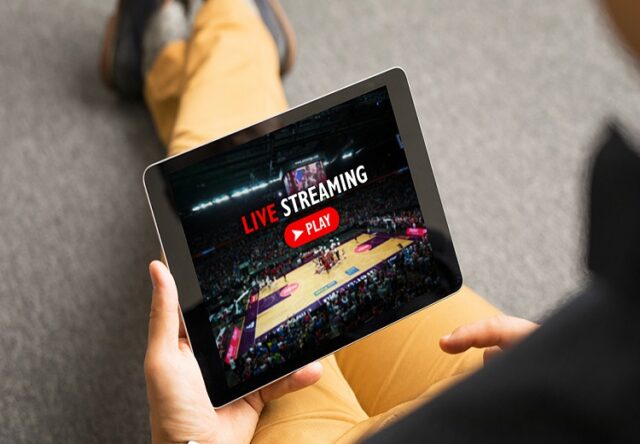In an era marked by technological advancements and the widespread availability of high-speed internet, the world of sports entertainment has undergone a significant transformation. Live sports streaming, once a novel concept, has rapidly evolved into a global phenomenon, revolutionizing the way fans engage with their favorite teams and athletes. This surge in live stream2watch has not only reshaped the fan experience but also created new avenues for sports leagues, broadcasters, and advertisers to connect with audiences worldwide.
Table of Contents
Unleashing Global Accessibility
Traditionally, sports enthusiasts relied on cable and satellite television to catch live games and events. This method often limited access to those with subscriptions or in regions where the broadcasting rights were held. The rise of live sports streaming, however, has transcended geographical boundaries, allowing fans from Tokyo to Toronto to tune in simultaneously and experience the excitement as if they were right in the stadium.
Global accessibility has been a game-changer for international fans, who can now support their favorite teams in real time, regardless of their location. The surge in live sports streaming has brought fans closer to the action than ever before, offering an immersive experience that transcends language barriers and fosters a sense of belonging to a larger, worldwide community of sports enthusiasts.
Personalized Viewing Experience
Live sports streaming platforms have not only democratized access but have also introduced a personalized viewing experience. Unlike traditional broadcasting, where viewers are limited to the curated content chosen by broadcasters, streaming services often provide multiple camera angles, interactive features, and customizable interfaces. This allows fans to tailor their viewing experience to their preferences, whether it’s focusing on a specific player, accessing real-time statistics, or even switching between different matches.
Furthermore, the advent of virtual reality (VR) and augmented reality (AR) technologies has added an entirely new dimension to the fan experience. VR enables fans to virtually step into the stadium, feel the energy of the crowd, and enjoy a 360-degree view of the action. This technology has the potential to redefine the concept of “watching from home,” as fans can now feel like they’re in the heart of the game, regardless of their physical location.
Engagement and Interactivity
Live sports streaming has transformed passive viewers into active participants. Social media integration, live chat features, and real-time polls have enabled fans to engage with fellow enthusiasts, share their opinions, and contribute to the collective excitement. This interactivity not only enhances the viewing experience but also provides a platform for fans to connect, fostering a sense of community that extends beyond the game itself.
Fantasy sports and prediction games have also gained traction through sports streameast live platforms. Fans can create fantasy teams, make predictions, and compete with friends and fellow fans based on real-time statistics and player performance. This gamification of sports consumption adds an extra layer of excitement and engagement, encouraging fans to stay invested in the game from start to finish.
Challenges and Opportunities for Stakeholders
While the surge in live sports streaming has brought about transformative changes, it has also presented challenges and opportunities for various stakeholders within the sports industry.
Sports leagues and teams are tasked with navigating complex broadcasting rights negotiations in an increasingly digital landscape. As streaming platforms vie for exclusive rights to popular events, traditional broadcasters must adapt their strategies to remain relevant. Hybrid models that combine traditional television with digital streaming have become more common, ensuring that fans can access content through their preferred channels.
For broadcasters and streaming platforms, personalized advertising has emerged as a powerful tool. With access to user data and preferences, advertisers can deliver targeted advertisements that resonate with viewers, enhancing the overall viewing experience. However, striking the right balance between monetization and user experience remains a challenge, as overly intrusive ads can deter viewers.
Conclusion
The surge of live sports streaming has undeniably revolutionized the global fan experience. From enhancing accessibility and personalization to fostering interactivity and community engagement, streaming vipboxtv platforms have redefined how fans connect with the sports they love. As technology continues to advance, the potential for even more immersive experiences, such as VR and AR integration, remains promising.
However, stakeholders need to approach this transformation with a balance between innovation and tradition. Ensuring fair access to content, maintaining the integrity of the sports, and respecting the preferences of diverse audiences will be crucial in sustaining the momentum of live sports streaming. As the lines between the physical and virtual fan experience blur, one thing is clear: the future of sports entertainment is bright, interconnected, and global.


















